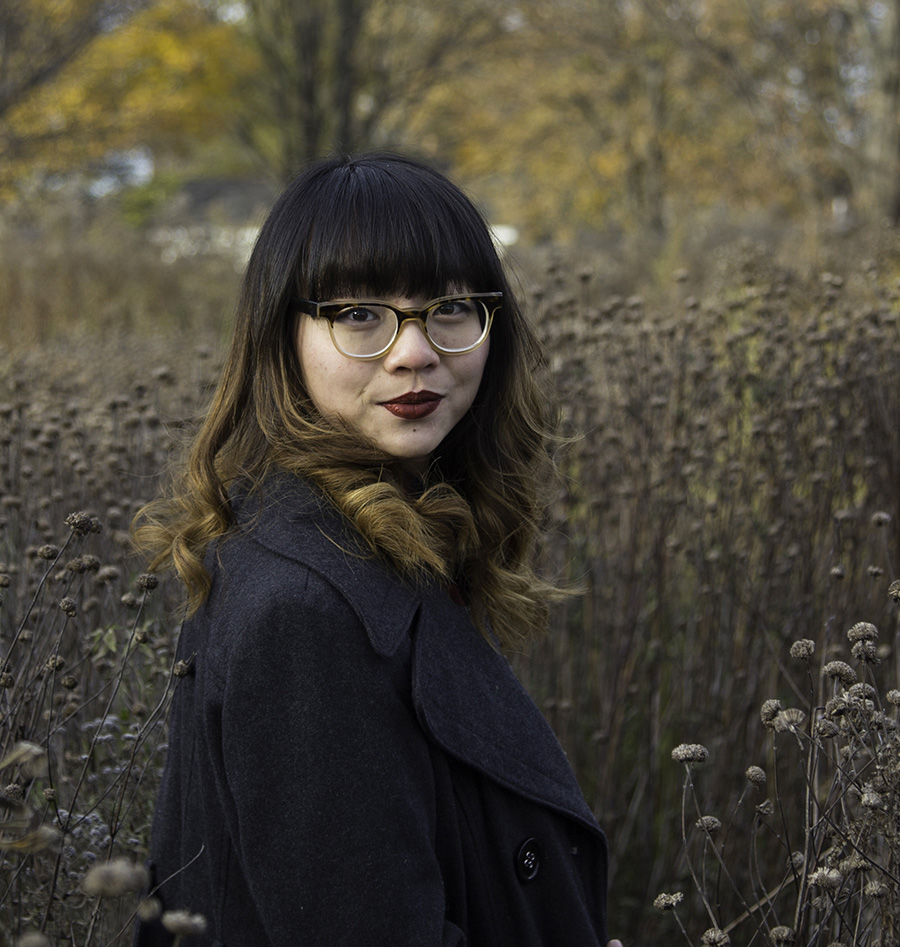Growing up, Mulan was not the only one who felt confused about the reflection she saw when looking into a mirror. Adopted from China at the age of 1, I am what people in the Asian-American community might call a “banana.” I look yellow on the outside but feel white on the inside.
Feeling this way has caused me to examine insecurities I have felt – and sometimes still feel – about being Asian. There’s a part in the movie, “Mulan,” where she (the protagonist) wipes white makeup off of her face only to be left staring at her Asian one. I never covered my face with white makeup but when I was younger the thought of wanting to be white crossed my mind often.Thinking back on it, I think I wanted to be white because that’s what the media told me I should want to be. White people were love interests, they were leaders, they were superheroes and villains – they got all the roles in movies that I would want to play. Meanwhile, Asians were hardly in any movies – and when they were they were nerds, loners, foreigners, prostitutes, or only cool because they fulfilled Asian stereotypes.
I wish I knew Kung-Fu – I’d probably be much cooler – but most average Asian-Americans don’t know martial arts. I believe that the lack of Asian representation I saw in movies as a child, into my teen years – and, sadly, – even now, has affected my confidence and self-image. And I am not alone.
Underrepresentation of Asians in Hollywood isn’t new. According to a 2016 report from USC Annenberg School for Communication and Journalism only 1% of lead roles are given to Asians. The figure is even lower when the characters merit a speaking role: 1 out of 20. As a child, I didn’t hear much from Asians about how they felt about their small representation. But as an adult I hear their frustrations loud and clear. Daniel Dae Kim uses Instagram to express his frustrations. “ALL HAIL THIS WOMAN,” Kim writes on his Instagram post. “The only Asian face in all of #MiddleEarth. She is nameless and voiceless, but appears for a glorious 3 seconds at approximately 41:55 in #TheBattleofFiveArmies.”
The hashtags, #StarringJohnCho and #StarringConstanceWu, even began to poke at the lack of representation by photoshopping the two aforementioned star’s faces on popular movie posters which originally had white actors. Creator of #StarringJohnCho, William Yu, 25, told The New York Times he laughed as he photoshopped Cho’s face over Tom Cruise’s from ‘Mission Impossible.’ He thought, “How crazy would that be? Then I caught myself. Why should it be crazy?”
It isn’t crazy, but the way Asians are presented when they are in movies might be. Mashable’s article, ‘Eight Asian-Americans talk candidly about their experiences in Hollwood’ highlights this typecasting problem well. Actor and comedian Ken Jeong points to the fact that when there’s only 4 Asian-American leads out of 409 shows it’s, “gonna be much harder to even get that ‘Asian Assassin #3’ role.” And director Jon M. Chu addresses passive racism after he was told that putting an Asian in a lead role, “just doesn’t make sense.” But you know what also doesn’t make sense – only using someone’s ‘Asian-ness’ as a way to define them in a movie. Last time I checked I don’t have an East Asian accent, mad ping-pong skills, or the desire to be a massage business owner. A media that does not dispel a stereotype continues it through typecasting. “We’re the information givers. We’re the geeks. We’re the prostitutes,” Thai American actor Pun Bandhu told The Guardian. “We’re so sick and tired of seeing ourselves in these roles.”
Even when addressing issues surrounding minorities in Hollywood at the 2016 Oscars, Chris Rock made it clear that the stereotyping of Asians [in Hollywood] is still alive. According to teenVogue, backlash occurred after Rock made ‘smart Asian’ jokes about three Asian kids whom he brought on stage with him. Rock compared the kids to Asian actors of the past, introduced them as accountants from “PricewaterhouseCoopers”, and said that if people were upset about these references they could tweet about it on their phones. Which he adds were, “also made by these kids.” How…ironic.
I don’t deny that there are awesome Asians out there doing great things. To not acknowledge the existing headway that has been made by stars like Aziz Ansari, Constance Wu, Margaret Cho, or the infamous Jackie Chan, would defeat the purpose of this very article. But, like always, there’s still work to be done and directions to take.
I don’t like clichés, but they’re popular because they’re true and when talking about Asian representation in the media, “seeing really is believing.” Although “Mulan” was an Asian doing Asian things, I was so excited that Disney had finally made a movie with someone who looked like me. I believed in Mulan. She was sassy, flawed, and brave. But I needed more because I still ended up wishing I was white with blonde hair some days.
Absence of certain races in the media is defined as symbolic annihilation and its impact is on the stories kids believe about their own importance in the world. There are Asian-American kids out there who are ready to see different stories. It is 2017: we must not disappoint them.



